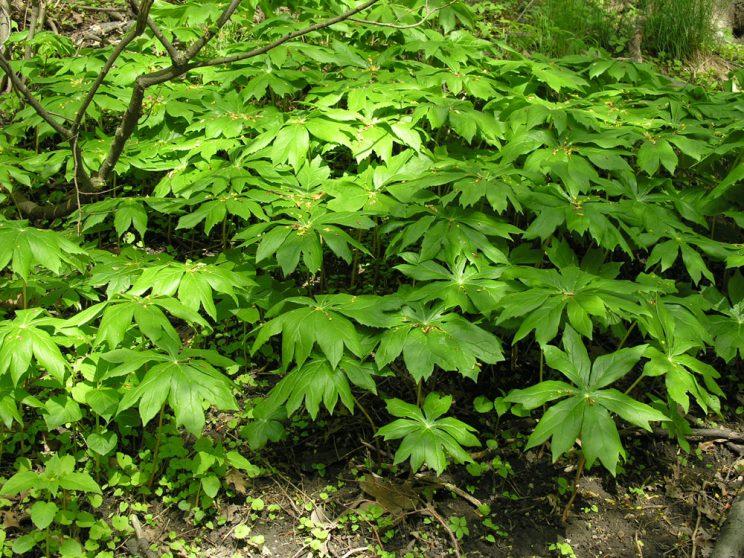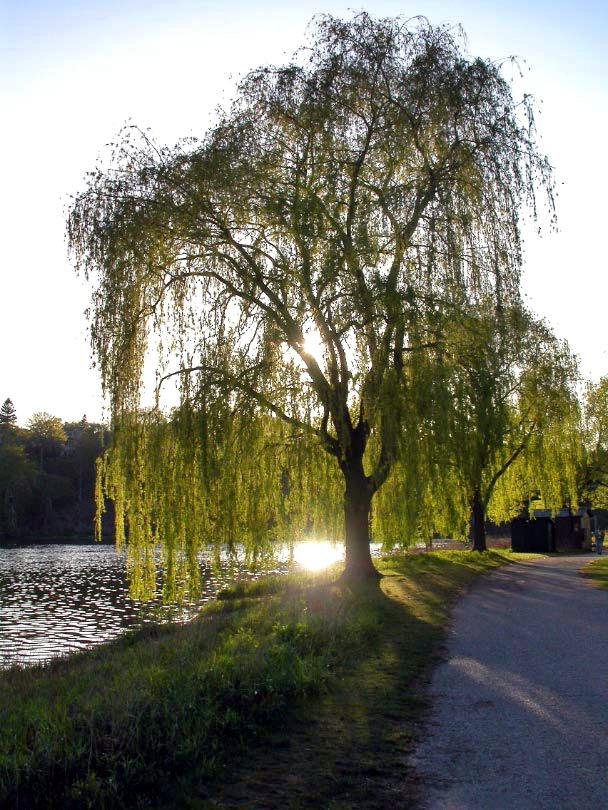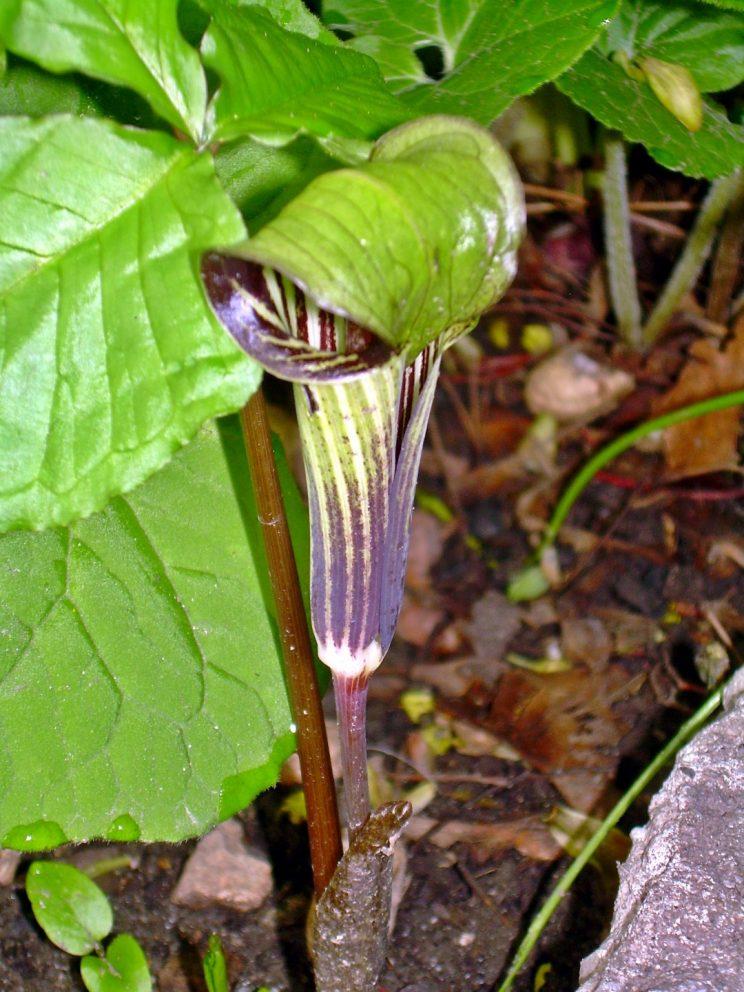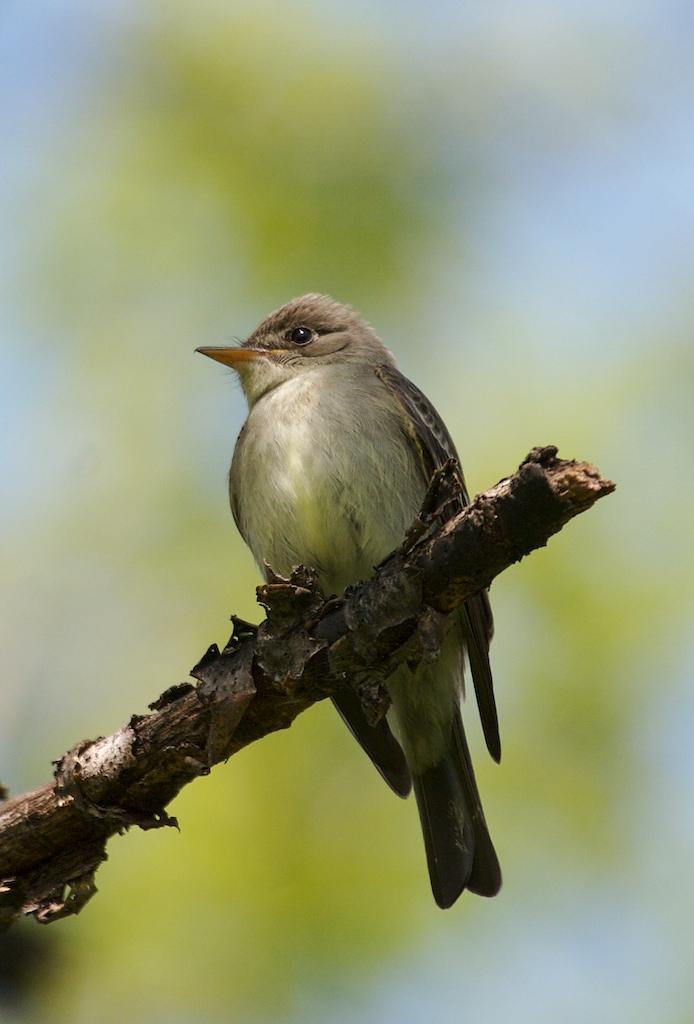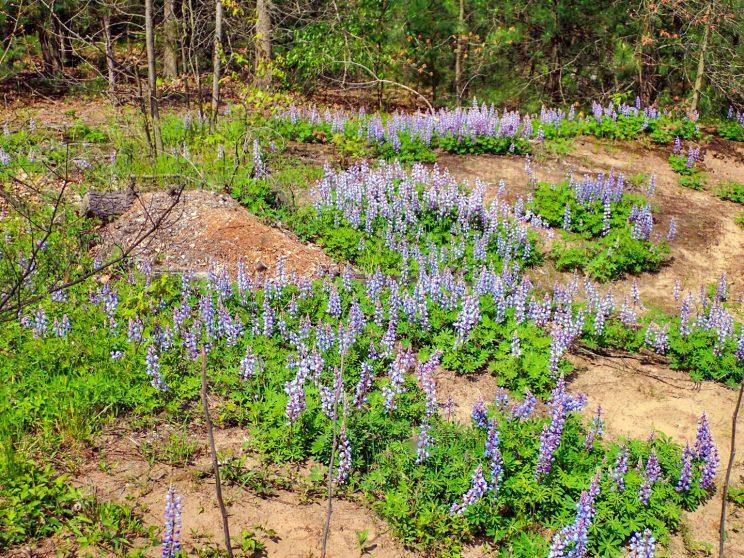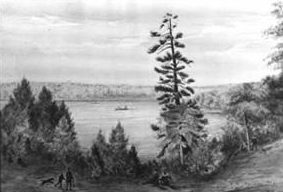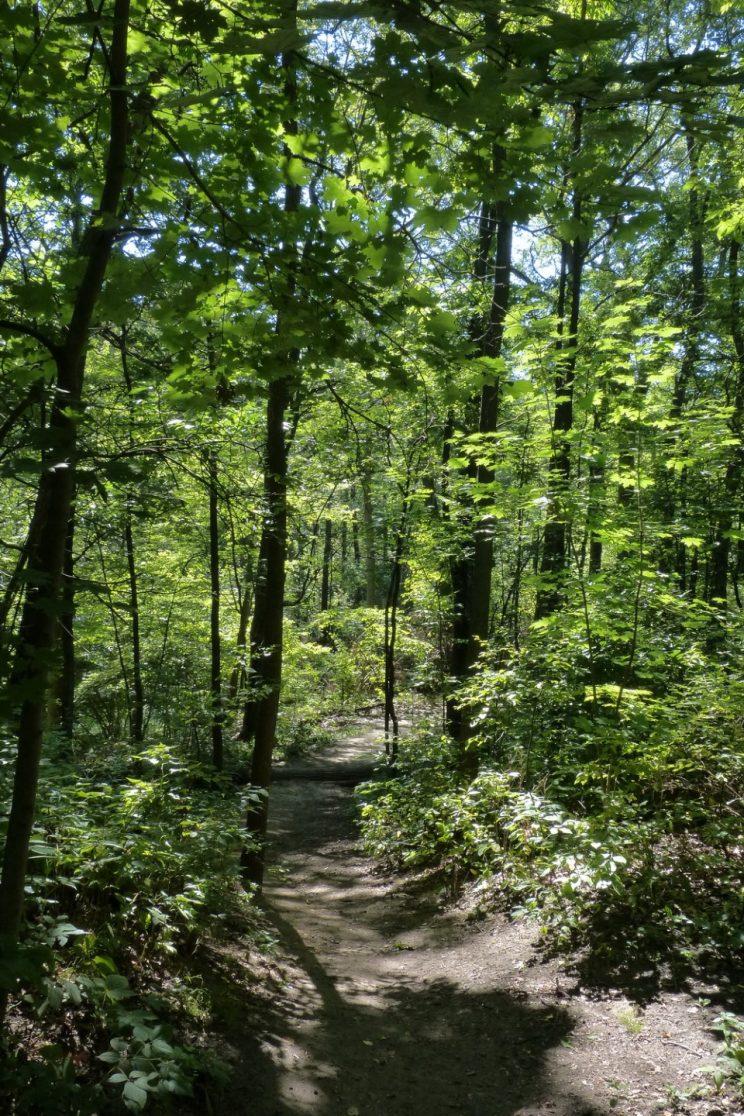adapted from High Park Woodland and Savannah Management Plan, City of Toronto, 2002
In addition to the savannahs and woodlands dominated by mature Black Oak that occur on dry upper slopes and tablelands, High Park includes several other forest types.
Hemlock Mixed Forest (dry)
This type is confined to three small stands along the eastern slopes of Spring Road Ravine. Eastern Hemlock is dominant, and Red Oak, Black Oak, Red Maple and Eastern White Pine are strong secondary species. White Oak, White Cedar, White Birch, Black Cherry and Yellow Birch are less frequent. The shrub and herbaceous layers are similar to those described for the dry mesic /mesic deciduous forests.
Red Oak Deciduous Forest (dry and moist)
Two small stands of dry Red Oak deciduous forest dominated by Red and White Oak occur on sand ridges in the south-central portion of the Park. The understory is transitional between that found in dry Black Oak tallgrass woodland and dry to mesic Red Oak forests. In other dry sites, the forest canopy is almost entirely comprised of Red Oak or associated with Black Cherry.
Moister forests are restricted to the northwest and east-facing slopes of Spring Road Ravine, and the north facing slopes of Deer Pen Road Ravine. In these locations, Red Oak is strongly associated with Red Maple. Other common tree species include Black Cherry, Eastern Hemlock, White Birch and American Beech.
Unlike the low shrub and prairie understory found in the dry, tallgrass woodlands in High Park, the understory of moist, Red Oak forests are characterized by tall shrubs and spring flowering herbs. Beaked Hazel, Choke Cherry, Maple-leaved Viburnum, Mountain Maple, Nannyberry, Red-osier Dogwood, Round-leaved Dogwood and Witch-hazel form a dense shrub layer. Typical herbs include: False Solomon’s Seal, Wild Sarsaparilla, Early Meadow-rue and Blue-stem Goldenrod.
Moister sites also support Mayapple, Red Baneberry, White Baneberry, White Trillium, Red Trillium, Wild Geranium, Canada Mayflower, Wood Anemone, and Zig-zag Goldenrod. Scattered patches of herbaceous species more typical of the Boreal or Mixed Forest Zones are found on mesic lower slopes. These communities formerly included Bluebead Clintonia, Northern Beech Fern, Rose-twisted Stalk, Bunchberry and Goldthread, however only Rose-twisted Stalk and Bluebead Clintonia have been recently recorded.
Oak–Red Maple Deciduous Forest (dry)
This association is restricted to a small tributary valley entering Spring Road Ravine. Black Cherry, Red Maple and White Ash are dominant, with Red Oak and White Birch occurring less frequently. The species composition of the shrub and herb layers is similar to that found in dry - fresh Red Oak forest in High Park.
Willow Lowland Deciduous Forest (moist)
In southern Ontario, this community type often results from cultural influences such as clearing, planting and other disturbances. It is often associated with riparian zones and terraces, streambanks and floodplains. In High Park, this forest type is found in Wendigo Ravine and along the western side of Spring Road ravine. Manitoba Maple is the dominant tree species. Other species present are Carolina Poplar, Crack Willow, Yellow Birch, White Elm and planted Silver Maple.
Mixed Exotic Forests
Exotic forests, dominated by Manitoba Maple (a species native to southern Ontario but non-indigenous to High Park) and stands of exotic trees, particularly Siberian Elm and Norway Maple, occur along margins of natural areas, in disturbed upland sites and along Wendigo Ravine and Spring Road Ravine. The understory consists of a variety of native and exotic species.
Sources
- High Park Woodland and Savannah Management Plan, 2002. PDF (2 Mb).



